San Remo 1920: The Forgotten
Milestone to the Liberation and Creation
of Israel
By Salomon Benzimra, P. Eng. Founder Canadians for
Israel’s Legal Rights (CILR)
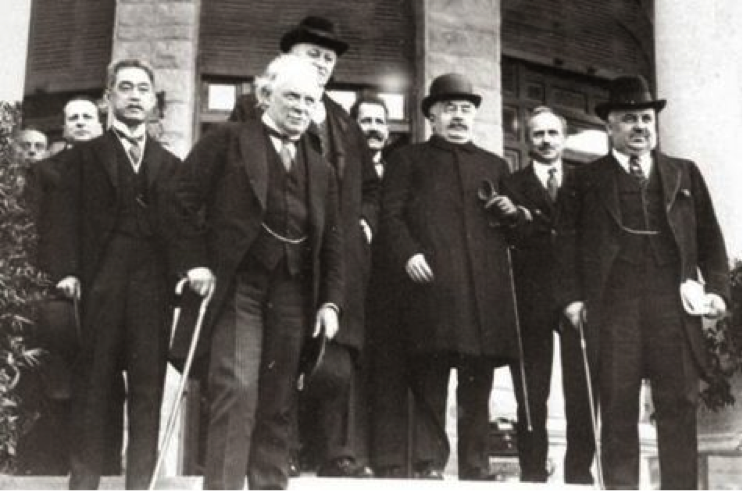
Ninety five years ago, prime ministers, ambassadors and other dignitaries from Europe and America gathered in the Italian Riviera. Journalists from around the world reported on the pending San Remo Peace Conference and the great expectations the international community placed on this event, just a year after the Paris Peace Conference had settled the political map of Europe at the end of World War One.
On Sunday, April 25, 1920, after hectic deliberation, the Supreme Council of the Allied Powers (Great Britain, France, Italy, Japan and the U.S. acting as an observer) adopted the San Remo Resolution -- a 500 word document which defined the future political landscape of the Middle East out of the defunct Ottoman Empire.
This Resolution led to the granting of three Mandates, as defined in Article 22 of the 1919 Covenant of the League of Nations. The future states of Syria-Lebanon and Iraq emerged from two of these Mandates and became exclusively Arab countries. But in the third Mandate, the Supreme Council recognized the “historical connection of the Jewish people to Palestine and the grounds for reconstituting their national home in that country” while safeguarding the “civil and religious rights” of the non-Jewish population.
Subsequently, the British limited the Jewish Homeland in Palestine to the area west of the Jordan River and allowed eastern Palestine to be gradually administered by the Hashemites. The territorial expansion to the east eventually gave birth to the Kingdom of Transjordan, later renamed Jordan in 1950.
The importance of the San Remo Conference with regard to Palestine cannot be overstated:
- For the first time in history, Palestine became a legal and political entity;
- The Jewish people were recognized as the national beneficiary of the trust granted to Britain in Palestine for the duration of the Mandate -- a “sacred trust of civilization” as per the League Covenant;
- The Balfour Declaration of 1917 -- which “viewed with favour” the establishment of a Jewish National Home in Palestine -- was now to be “put into effect”and thus became a binding act of international law;
- The de jure sovereignty of Palestine was vested in the Jewish people, though it was kept in abeyance until the Mandate expired in 1948;
- The terms of the San Remo Resolution were included in the Treaty of Sèvres and remained unchanged in the finally ratified Treaty of Lausanne of 1923.
- The Arabs received equivalent national rights in all the remaining parts of the Middle East -- over 96% of the total area formerly governed by the Ottoman Turks).
The San Remo Conference was hailed as a major historical milestone. Celebrations were held throughout the world with tens of thousands of people marching in London, New York and Toronto. But the Arabs of Palestine, led by the Mufti of Jerusalem, were strongly opposed to any form of national Jewish homeland: the first anti-Jewish riots erupted in Jaffa just before the San Remo Conference convened -- a harbinger of the violent Arab rejectionist stance that continues to threaten the existence of Israel to this day.
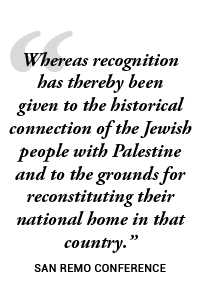
While the Middle East peace process has been going on for over two decades, it is astonishing that San Remo and the ensuing Mandate for Palestine have hardly been mentioned. Is it deliberate? Is it a mere omission? How could there be peace and reconciliation without acknowledging fundamental historical and legal facts?
Middle-East diplomacy has often relied on “constructive ambiguity”, a concept earlier introduced by Henry Kissinger to keep the dialogue open and avoid discussing core issues deemed problematic. In the ongoing peace process, the ambiguity of language did not produce constructive results. On the contrary, layer upon layer of distortions and gross falsehoods piled up over the initial ambiguity of “land for peace.”
When the notion of “occupation” took root, it soon turned into “illegal occupation”, then “brutal oppression” and, finally, “apartheid” which is a crime against humanity in international law. Once corrupted language describes a distorted reality and the distortion spreads, thought becomes corrupt and any resulting action is bound to fail.
Commemorating the San Remo Conference should be more than a mere remembrance. It enjoins us to consider the legal reach of the binding decisions made in 1920 and to ensure that we do not entertain incompatible positions when political expediency clashes with unassailable rights enshrined in international law, namely the acquired rights of the Jewish people in their ancestral land.
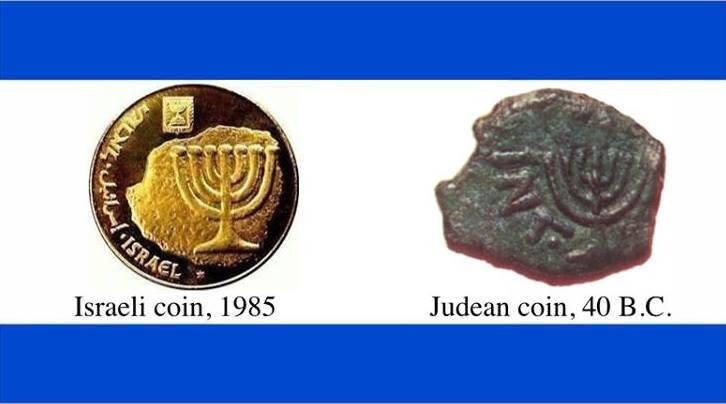
No wonder the Palestinian Authority -- intent on eliminating the “Zionist entity,” as spelled out in the PLO Charter -- abhors the provisions of the San Remo Resolution, which they view as the root of a catastrophe engineered by “Zionist gangs.”
In reality, the San Remo Resolution and the ensuing clauses of the Mandate for Palestine are akin to a treaty entered into and executed by each and every one of the 52 member states of the League of Nations, in addition to the United States which is bound by a separate treaty with Great Britain, ratified in 1925.

So next time you hear about the “occupation of the West Bank” and its supposedly “illegal settlements” -- an almost daily occurrence in the discourse of the Palestinian Arabs and their supporters -- you should remember that this territory, as the rest of Israel, was lawfully restored to the Jewish people in 1920 and its legal title has been internationally guaranteed and never revoked ever since. Any negotiation toward achieving a lasting peace should be based on this premise.
Last but not least, San Remo marks the end of the longest colonization period in history.
After 1,850 years of foreign occupation, oppression and banishment by a succession of foreign powers (Romans, Byzantines, Sassanid Persians, Arabs, Crusaders, Mameluks and Ottoman Turks), the Nation of Israel was reborn in April 1920, thus paving the way for the proclamation of the State of Israel 28 years later.
This liberation from foreign rule should normally be celebrated by all the progressive elites who have traditionally supported every national freedom movement. But it isn’t so, for reasons that defy reason.
After 1,850 years of foreign occupation, oppression and banishment by a succession of foreign powers (Romans, Byzantines, Sassanid Persians, Arabs, Crusaders, Mameluks and Ottoman Turks), the Nation of Israel was reborn in April 1920, thus paving the way for the proclamation of the State of Israel 28 years later.
This liberation from foreign rule should normally be celebrated by all the progressive elites who have traditionally supported every national freedom movement. But it isn’t so, for reasons that defy reason.
Published in syndication from IsraelNationalNews.
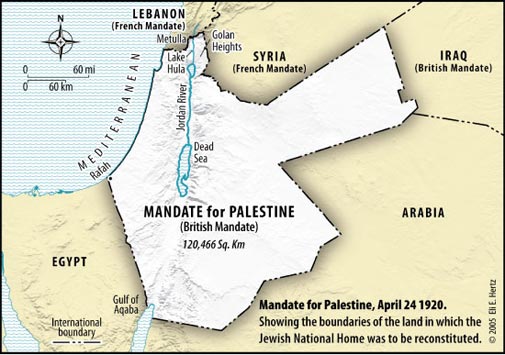

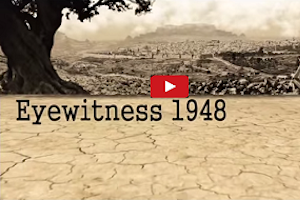
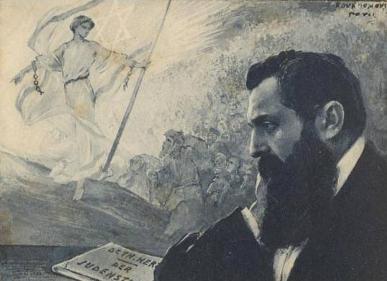

If you read the 1917 Balfour Declaration (Which emulated Napoleons 1799 letter to the Jewish community in Palestine promising that The National Home for The Jewish people will be reestablished in Palestine, as the Jews are the rightful owners). Nowhere does it state an Arab entity west of The Jordan Rive. The San Remo Conference of 1920 does not state an Arab entity west of The Jordan River. The Mandate for Palestine terms does not state an Arab entity west of the Jordan River. It specifically states a Jewish National Home in Palestine without limiting the Jewish territory in Palestine. It also states that the British should work with the Jewish Agency as the official representative of the Jews in Palestine to implement the National Home of the Jewish people in Palestine. I stress again; nowhere does it state that an Arab entity should be implemented west of the Jordan River.
ReplyDeleteAs a matter of historical record, The British reallocated over 77% of Jewish Palestine to the Arab-Palestinians in 1922 with specific borders and Jordan took over additional territory like the Gulf of Aqaba which was not part of the allocation to Jordan.
YJ Draiman